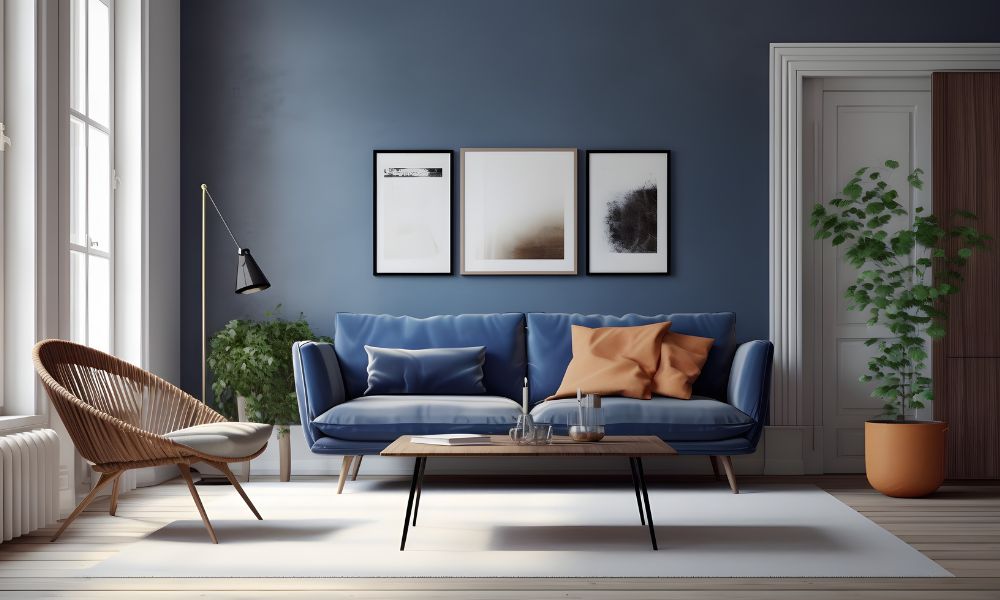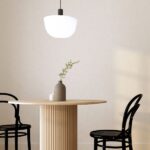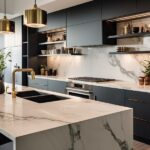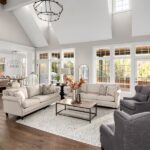Interior design trends come and go; chasing them can be a never-ending and expensive pursuit. Finding the style that makes you feel most at home can help you create living spaces that express your aesthetic without looking forced or inauthentic.
For example, consider minimalism vs. maximalism, which style is better for you? Your gut reaction to the principles of these opposing design theories can help guide your choices in everything from paint colors to throw pillows.
What Defines Minimalism?
Minimalism in interior design embraces the mantra, “less is more.” It is about stripping away the unnecessary and focusing on functionality. The color scheme in a minimalist design typically leans towards monochromatic or neutral tones.
Furniture and decor are simple and sparse, with clean lines and uncluttered spaces being key elements. Minimalists shun emotional attachments to things and prefer to think of objects in terms of their utility. Each piece in a minimalist home serves a specific purpose, removing the need for excessive decoration or ornamentation. The result is a cool, calm, serene space that promotes focus and clarity.
While simplicity and functionality are the “dos” of minimalism, it’s important not to go overboard with minimalist principles. You don’t want the space to feel empty and drained of energy. Avoid common “don’ts” in minimalist design, like skimping on lighting or using uncomfortable furniture just because it adheres to minimalist principles.
What Defines Maximalism?
On the other end of the spectrum is maximalism, which thrives on the principle of “more is more.” Maximalist designs celebrate richness and excess. It encourages the use of bold colors, pattern mixing, and eclectic collections.
A maximalist room might feature a variety of textures, styles, and centuries all at once, creating a space that is vibrant and full of life. Maximalism is all about personal expression, allowing for freedom and creativity in one’s home decor. Maximalist designs encourage using pieces that have emotional significance and sentimental value.
While abundance is a guiding principle of maximalism, it doesn’t equal clutter. You should include an underlying organizational discipline in a maximalist room that allows you to live comfortably in the space.
How To Know Which Style Is Best for You
Determining whether minimalism or maximalism is better for you depends largely on your preferences and lifestyle. Look around your current living space. Do you feel overwhelmed by clutter and crave simplicity? Then, minimalism might be the right choice for you. On the other hand, you might prefer the boldness of maximalism if you feel your space is too bare and lacks personality.
Can You Mix Styles?
While minimalism and maximalism may seem like opposites, you can certainly mix elements of each style to create a space that truly reflects your unique taste. This approach, often referred to as “minimalist maximalism,” involves carefully curating items that are meaningful to you and displaying them in an organized manner.
For instance, you might choose a minimalist color palette but incorporate a maximalist approach to textures and patterns. The key is to create balance—maintaining a sense of order and simplicity while expressing your style.
The most important thing is to create a space that feels authentic and comfortable, whether you lean towards minimalism or maximalism. Remember, your home is an extension of your personality, and its design should reflect that.







